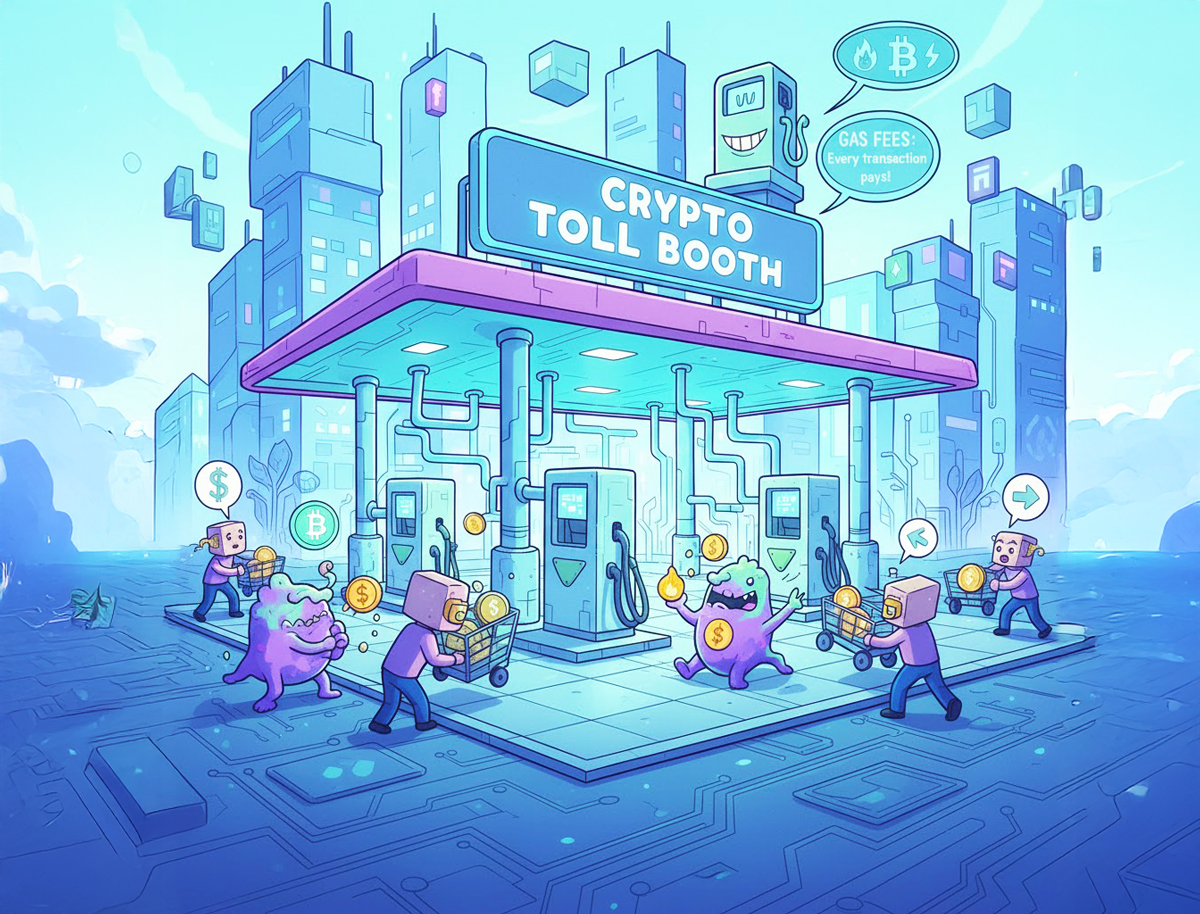In crypto trading, every transaction comes with a hidden toll — gas fees. These are the costs of interacting with the blockchain, and for active traders, they can quietly eat into profits. Fortunately, with the right tools, timing, and techniques, you can minimize gas costs without compromising speed or security.
Understanding Gas Fees
Gas fees are transaction costs paid to network validators for processing operations on a blockchain. The fee amount depends on:
- Network Demand: High activity means higher fees.
- Transaction Complexity: Swapping tokens or interacting with smart contracts costs more gas than simple transfers.
- Blockchain Type: Ethereum’s fees tend to spike, while Layer 2s like Arbitrum or Polygon offer cheaper alternatives.
Understanding these mechanics is key to making smarter trading decisions.
Strategies to Reduce Gas Fees

1. Choose Low-Fee Networks
Not all blockchains are created equal.
- Use Layer 2 Solutions: Move trading to networks like Arbitrum, Optimism, or Polygon for lower costs.
- Explore Alternatives: Binance Smart Chain, Avalanche, and Solana also provide faster, cheaper transactions.
2. Trade During Off-Peak Hours
Network congestion directly impacts gas prices. Fees are often lowest during weekends or late nights (UTC). Use platforms like Etherscan Gas Tracker to monitor live prices before executing trades.
3. Set Gas Limits Manually
Many wallets allow you to set custom gas fees. Avoid overpaying by setting a reasonable limit based on current network activity. However, don’t set it too low — your transaction might fail.
4. Batch or Bundle Transactions
Some protocols and wallets let you combine multiple operations into one, saving on repetitive costs. For example, performing token approvals and swaps in one go can cut fees significantly.
5. Use Gas Tokens or Refund Mechanisms
Advanced users can mint gas tokens like Chi or GST2 during low-fee periods and redeem them when fees rise. This hedges against volatility in gas prices.
6. Try Aggregators and Smart Routers
Decentralized exchange (DEX) aggregators like 1inch or Matcha automatically find the cheapest route across multiple networks, optimizing both swap rates and gas efficiency.
7. Leverage Exchange Incentives
Some centralized exchanges and hybrid DEXs offer zero-fee promotions or reduced gas fees when using their native tokens — for example, Binance’s BNB or OKX’s OKB.
The Takeaway

Reducing gas fees isn’t just about saving a few dollars — it’s about trading smarter. By using Layer 2 networks, trading off-peak, leveraging aggregators, and watching real-time metrics, you can retain more of your profits and trade with confidence.
In crypto, every satoshi saved counts — and mastering gas optimization is one of the most practical skills a trader can learn.
MarketMind Insight – Ethereum gas prices can fluctuate by over 300% within a single day. Timing and blockchain choice can often make the difference between a profitable trade and a wasted opportunity.

Leave a Reply